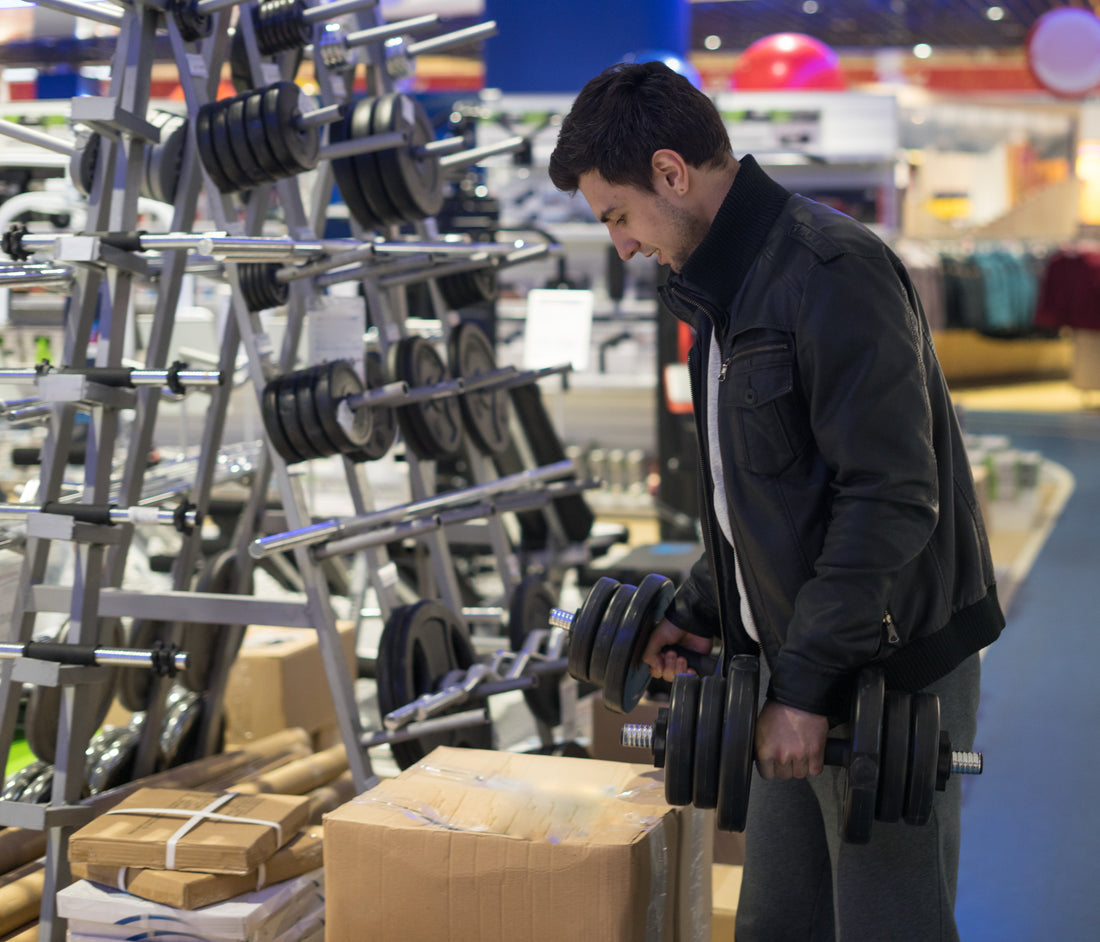
How to Choose the Right Strength Training Equipment for Your Home Gym?
Share
Creating a home gym is an exciting investment in your health and fitness journey. However, with so many equipment options available, choosing the right strength training tools can feel overwhelming. The right equipment should suit your goals, fit within your space, and offer long-term value. Let’s explore how to make smart choices when building your home gym.
Understand Your Fitness Goals
Before purchasing any strength training equipment, you need to identify your fitness goals. Do you want to build muscle, improve endurance, increase strength, or simply stay active? For example, if your goal is muscle hypertrophy, investing in free weights like dumbbells and barbells is essential. On the other hand, if functional strength and overall mobility are your focus, resistance bands and kettlebells may be more practical. Your goals determine the foundation of your equipment selection.
Assess Your Available Space
Space is often one of the biggest challenges when setting up a home gym. A small apartment may not allow for large machines, while a spacious garage might provide room for bigger setups. Before buying, measure your space and decide where each piece of equipment will go. For compact setups, foldable benches, adjustable dumbbells, and resistance bands are ideal. If you have more room, you might consider a power rack, cable machine, or squat rack.
Start with the Basics
When building a home gym, it’s best to start with the essentials and gradually expand. Foundational strength training equipment includes dumbbells, barbells, weight plates, a bench, and resistance bands. These pieces are versatile and allow you to perform hundreds of exercises targeting every muscle group. Starting with basics ensures you can cover most workouts without overspending or cluttering your gym with unnecessary machines.
The Value of Adjustable Equipment
Adjustable equipment is a game-changer for home gyms, especially when working with limited space. Adjustable dumbbells, for example, can replace an entire rack of weights, offering multiple weight settings in one compact design. Similarly, an adjustable bench allows you to perform incline, decline, and flat exercises without needing separate benches. Investing in adjustable tools not only saves space but also reduces costs in the long run.
Free Weights vs. Machines
One of the biggest decisions in strength training equipment is whether to prioritize free weights or machines. Free weights like barbells and dumbbells are excellent for building functional strength because they engage stabilizing muscles. They are also versatile, allowing for countless exercise variations. Machines, on the other hand, provide guided movement, which is beneficial for beginners or individuals with injuries. Ideally, a home gym should start with free weights, and machines can be added if space and budget allow.
Don’t Overlook Bodyweight Training Tools
Strength training isn’t limited to weights alone. Bodyweight training tools like pull-up bars, dip stands, suspension trainers, and resistance bands are highly effective. These tools improve strength, balance, and stability while requiring minimal space. They’re also portable, allowing you to take your workout anywhere. Incorporating bodyweight training equipment into your home gym ensures a more balanced fitness routine.
Quality Over Quantity
It can be tempting to buy multiple pieces of inexpensive equipment, but poor-quality tools often wear out quickly or fail to deliver results. Instead, focus on quality. Durable weights, sturdy benches, and reliable racks provide safety and longevity. High-quality equipment also enhances your workout experience, making it more enjoyable and effective. Always check product reviews and, if possible, test equipment before purchasing.
Safety Considerations
Safety should always be a priority in a home gym. Investing in proper flooring, such as rubber mats, helps protect your floor and reduces impact during heavy lifts. Racks with safety bars are essential if you plan to lift heavy without a spotter. Additionally, equipment with secure locks and stable frames reduces the risk of accidents. A safe gym setup allows you to push your limits with confidence.
Budget Planning
Strength training equipment varies widely in price. To avoid overspending, set a clear budget before you start shopping. Consider what equipment you need immediately versus what can wait. Adjustable equipment and multipurpose tools often provide the best value. While it’s important to stay within budget, remember that equipment is an investment in your long-term health, so balance affordability with quality.
Explore Tech-Enhanced Options
Modern strength training equipment often comes with technology integration, such as smart dumbbells, connected resistance machines, or apps that track performance. While these options are more expensive, they provide valuable feedback and personalized training plans. If you’re someone who thrives on data and progress tracking, tech-enhanced equipment may be worth the investment. However, it’s not essential for everyone, especially beginners.
Long-Term Vision for Your Gym
When choosing strength training equipment, think long-term. Your fitness goals might evolve, and your gym should adapt with you. Start small but keep expansion in mind. For example, if you eventually want to do Olympic lifts, consider a barbell and plates early on. If family members will use the gym, choose versatile tools that cater to different fitness levels. Planning ahead ensures your home gym grows with your needs.
Seek Expert Advice
If you’re unsure which equipment to choose, consulting a fitness trainer or experienced lifter can be very helpful. They can recommend the right tools based on your goals, body type, and experience level. Many online communities also share reviews and tips for setting up a home gym on different budgets. Seeking advice saves time and ensures you make smarter purchases.
Conclusion
Choosing the right strength training equipment for your home gym requires balancing goals, space, budget, and quality. By starting with essentials, prioritizing adjustable and versatile tools, and keeping safety in mind, you can create a setup that supports your fitness journey for years to come. Whether you’re a beginner or an experienced lifter, the right equipment empowers you to train consistently, achieve your goals, and enjoy the convenience of working out at home.
